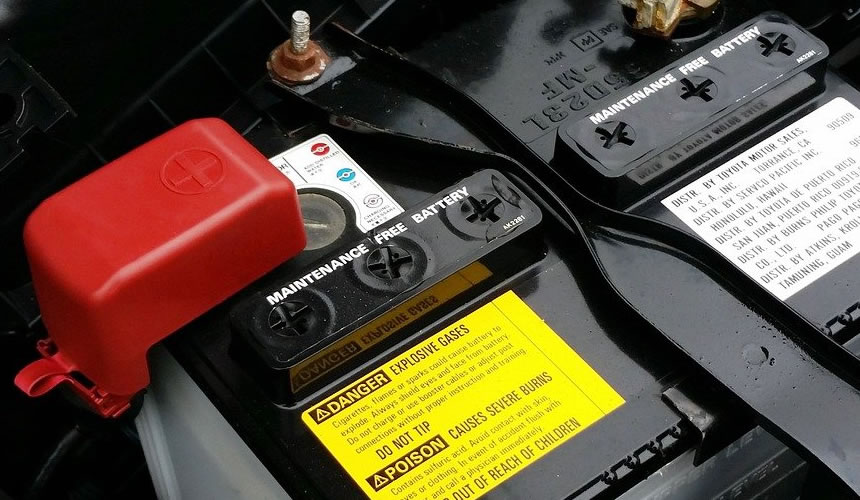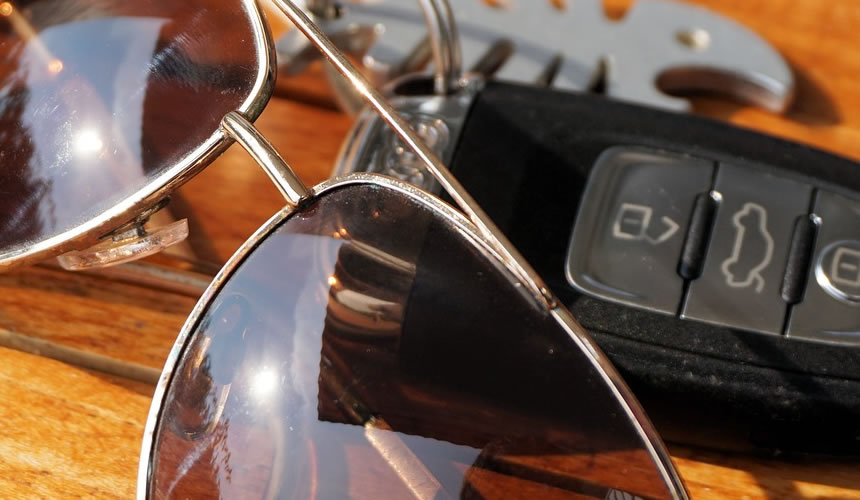As a responsible vehicle owner it is your duty to ensure you vehicle is road safe in every season.
Now that we are heading towards mid autumn and winter is fast approaching it is more important than ever to prepare for the hazardous road conditions brought on by cold weather.
In this guide, we go over some essential car care tips to help you prepare for safe driving this autumn and winter. We also look as some of the most common road hazards seen in these colder seasons and how to deal with them safely.

Your Autumn Vehicle Check
Regular vehicle checks help to indentify issues early which can prevent small problems from developing into dangerous and expensive ones.
Visibility
Lights
Check all front and rear lights including indicators/hazard warning lights, daytime running lights, dipped beam headlights, full beam headlights, fog lights, brake lights, reverse lights, reg plate lights, sidelights and tail lights. If you notice a bulb is out, do not wait to get it fixed. Doing so can be extremely dangerous and in some cases illegal.
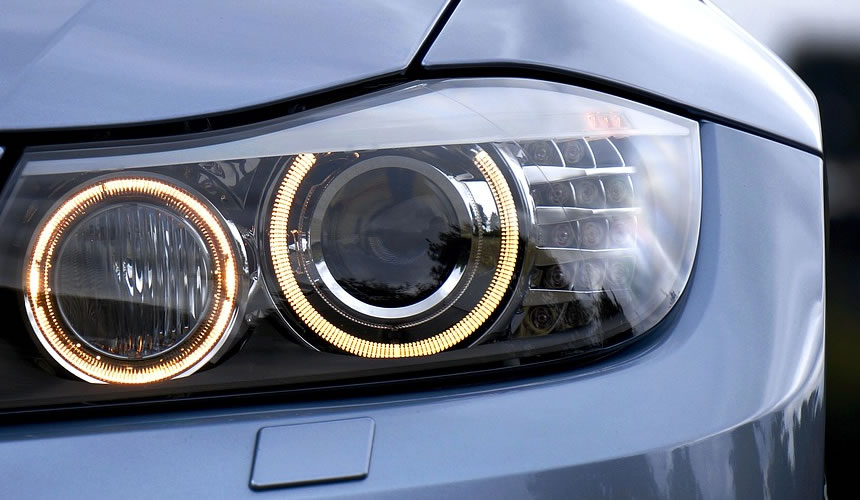
Windscreen
• Windscreen Wipers
Regularly check the base of your windscreen for trapped fallen leaves and debris. This will help to prevent dirt and grit from flying onto your windscreen when driving. Trapped leaves in this area can also block the vents for your windscreen heater/demister and washer fluid.
Check your wipers for signs of damage. Tears in the rubber and warped/bent blades are both signs of deterioration meaning it’s time to get a new set of wiper blades. Excessive squeaking or your blades getting stuck on the screen may mean your blades need loosening and blades which don’t remove water effectively could need tightening. If in doubt, get an expert opinion before you resume regular driving.
• Windscreen Fluid and Jets
Check screen wash fluid levels and use a seasonally appropriate screen wash – not diluted dish soap! Seasonal screen washes are designed to perform at maximum efficiency for the season. So in autumn and winter when your windscreen sees more dirt and grit, it can be cleared effectively with a solution that’s built for the job.
• Cracks and Chips
A small crack or chip in your windscreen can turn into a big problem if not dealt with in time, especially during colder weather. During autumn and winter when we are more likely to experience frost and ice, water can freeze inside windscreen cracks/chips causing them to expand. See a chip? Don’t hesitate, call in the help of a professional to rectify the problem asap.
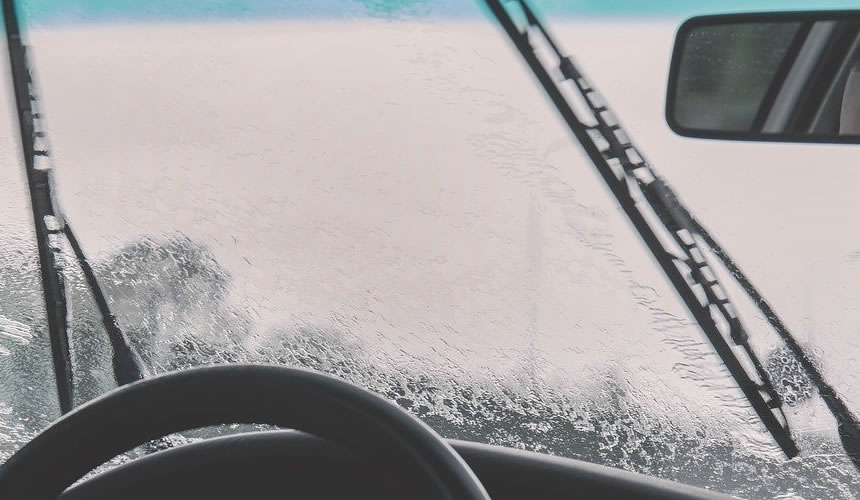
Heating and AC
An efficient heating and cooling system is essential throughout the colder seasons. Not only does it help to keep us a comfortable temperature when it’s freezing out, but it also helps to keep our windscreens clear. Test your heating and air conditioning system by running it when your engine is warm. Your heating system should reach temperature pretty quickly when the engine is warm. If Your vents aren’t heating up quickly or you’ve noticed the air is not getting as hot as it used to there could be sign of a problem. Other signs of faults include excessive noise when air is blowing or too little air blowing from the vents. It’s also important to run your AC in winter every so often. So make sure your air conditioning system is working properly too.
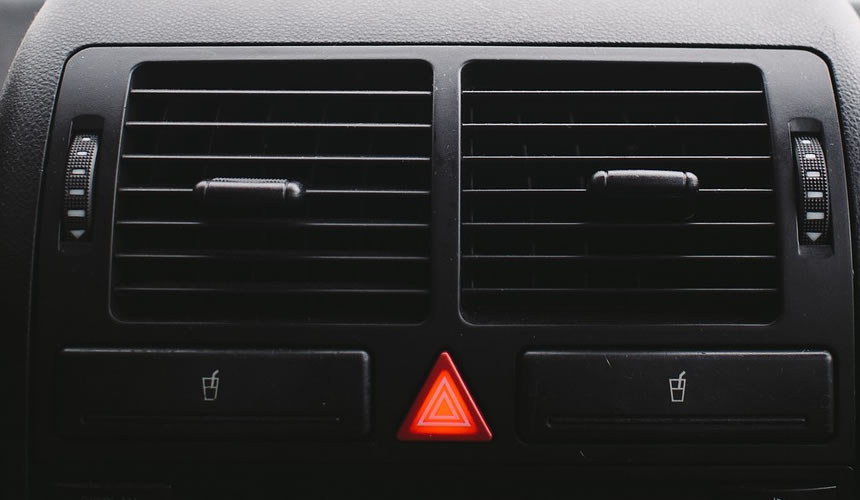
Tyres
Tyre Pressure
Under inflated tyres are hazardous for many reasons. They can also increase fuel consumption. During autumn and winter you should check tyre pressure more regularly as cold weather can cause tyre pressure to drop. The ideal tyre pressure for your vehicle can be found in your user manual. Some cars also include this information on a small sticker inside the car door or fuel flap. If you can’t find this information either in the user manual or door panel/fuel flap, it can usually be found online from a range of reliable sources.
Tread Depth
Tyre treads are essential for safe driving, especially throughout the colder seasons where we see more snow, ice debris and surface water on our roads. Use a tread depth gauge to accurately measure your tyres treads. Tyres also have wear indicators which are evenly spaced visual indicators located throughout the main groves of the tyre. Wear indicators are a good way to monitor the condition of your tyres but cannot provide an accurate reading as a tyre gauge can.
Signs of Wear and Tear
Check all over your car tyres for any cut, tears and punctures including the sidewalls. Look inside the treads for obstructions such as stones, plant matter or nails. Check for bulges on your tyres sidewall too. Bulges are usually a sign of damage to your tyres carcass and if left untreated can result in your tyre exploding.
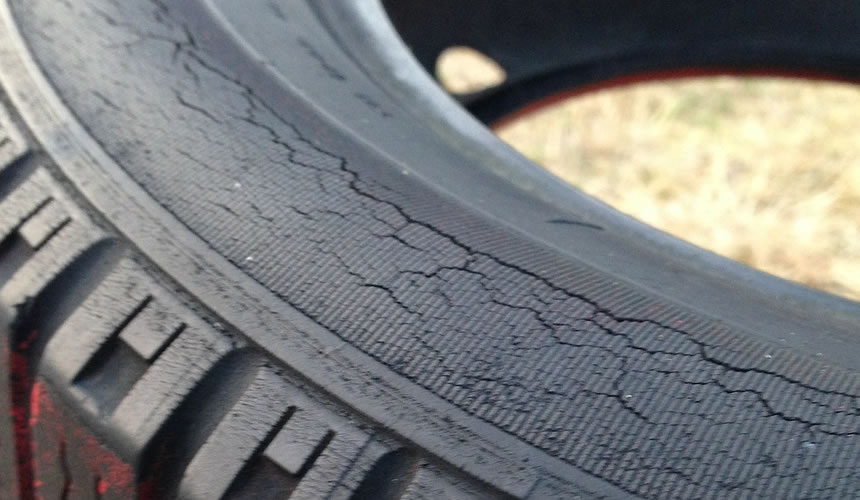
Fluid Levels
Your car relies on a range of fluids so that various components can operate safely and effectively. Make sure all fluid levels are topped up including engine oil, power steering fluid, engine coolant, windscreen washer fluid, brake fluid, engine coolant/antifreeze and power steering fluid.
Make sure when adding any fluid to your car that you are using the correct type for your vehicle. If in doubt, speak to a mechanic you trust at your local auto centre. Always check fluid levels when your car is parked on flat, level ground and always wait for the engine to cool, especially before checking engine coolant.
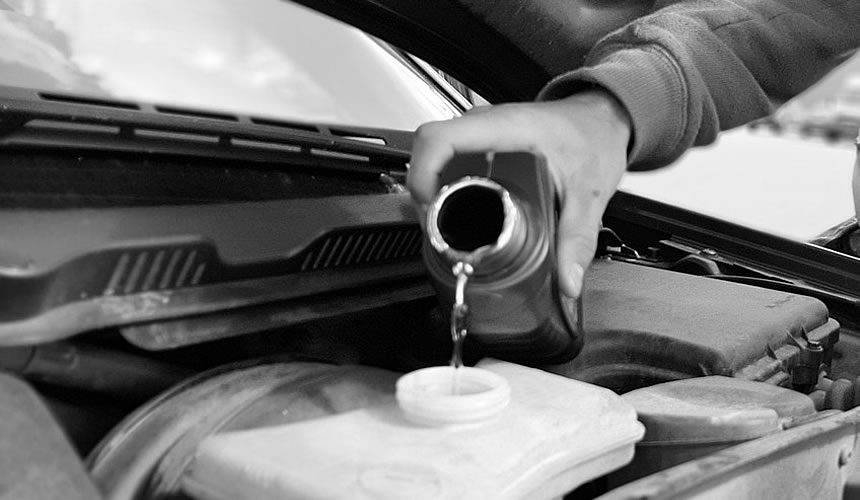
Battery
Break downs happen for a variety of reasons, but one thing that is avoidable is a breakdown due to a flat battery – that is, if you check it regularly. Breaking down at any time is a huge inconvenience and can also put your life in danger, but breaking down in bad weather is even worse! A common sign that your car’s battery might be running low is if it’s not starting as quickly as it used to. To test your battery yourself you will need a car battery testing kit. Alternatively, your local auto centre should check it for you for a reasonably low price – some garages may even do it for free!
In Car Essentials:
As well as the maintenance checks above, make sure you carry a few extra essentials with you when driving throughout autumn and winter. Below are a few things we think are needed during the colder months.
• De-icer
• Ice scraper
• Gloves
• Spare warm clothing (in case of break down or emergency)
• Sunglasses
• Breakdown and Emergency Kit including at least: high visibility vest, torch, first aid kit, warm coat, blankets, power bank and hazard warning signs x2






